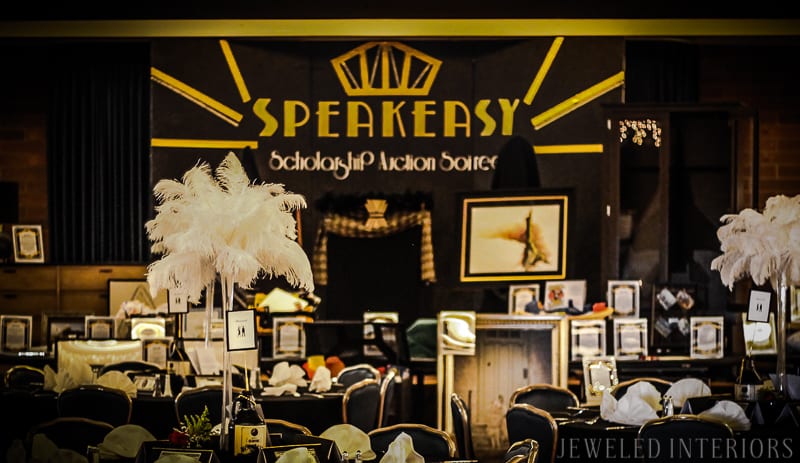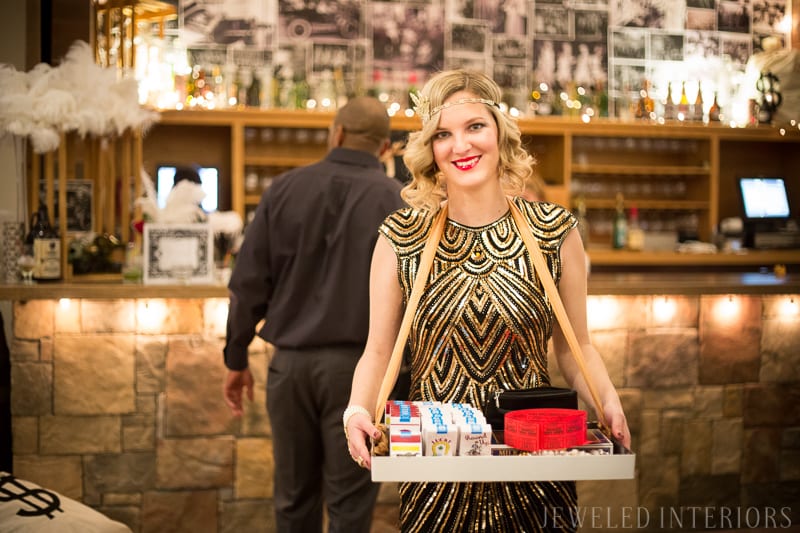Introduction to Speakeasy Culture and Decor
The 1920s, often dubbed the “Roaring Twenties,” was a decade of significant social change, marked by a vibrant culture, the end of Prohibition, and an underground nightlife that flourished in hidden bars known as speakeasies. These secret venues not only served illicit alcohol but also became hotbeds for jazz music, dancing, and a unique style of decor that reflected the opulence of the era.
In this comprehensive guide, we will delve into the detailed elements of speakeasy decor that defined the 1920s, explore tips for creating an authentic ambiance, and share my personal experiences with transforming spaces into these glam hideaways.
The Essence of Speakeasy Decor
Speakeasy decor was characterized by a blend of sophistication, luxury, and a hint of rebellion. The aim was to create a sense of intimacy while disguising the illicit nature of the activities taking place. Key elements of this style include:
- Rich colors and textures
- Art Deco patterns
- Vintage furnishings
- Mood lighting
- Unique bar setups
Core Elements of 1920s Speakeasy Decor
Color Schemes
The color palette of the 1920s was bold and lush. Deep hues like emerald green, royal blue, and burgundy were commonly used, often complemented with gold or silver accents. This combination exuded a sense of luxury that was integral to speakeasy decor.

Furnishings and Layout
Furnishings played a critical role in creating the speakeasy atmosphere. Plush velvet sofas, intricately carved wood furniture, and ornate tables were favorites of the time. The layout typically encouraged cozy groupings of seating to facilitate intimate conversation and connection.
Bar Design and Setup
The bar was often the centerpiece of a speakeasy. A well-stocked bar featuring crystal glassware, vintage cocktail shakers, and elegant drink garnishes was essential. Mirrors and backlighting helped to enhance the allure of the bar area.

Lighting
Mood lighting was a hallmark of speakeasy decor. Dimly lit spaces with soft, warm lighting created an intimate atmosphere. Fixtures like chandeliers with dangling crystals and table lamps with intricate shades added to the overall effect.
Creating Your Own Speakeasy Decor
If you’re looking to evoke the spirit of the 1920s in your own home, here are some practical tips to guide you through the process:

1. Choosing the Right Color Palette
Start with a rich color scheme. Consider painting walls in deep shades and use wallpaper with art deco patterns for added texture. Accent with metallic elements for a touch of glam.
2. Selecting Vintage Furnishings
Furnish your space with vintage or antique furniture. Look for pieces made of dark woods with intricate detailing or plush fabric upholstery. Don’t shy away from thrift stores or estate sales for hidden gems!

3. Curating a Unique Bar
Your bar is a focal point. Invest in a stylish bar cart or a vintage sideboard to display your drinkware. Stock it with classic cocktails and shake up some Prohibition-era recipes.
4. Incorporating Ambient Lighting
Use dimmable lights and add decorative lamps to create the right mood. String lights or candle arrangements can also add a cozy touch. Consider installing a stylish chandelier for added elegance.

5. Accessorizing with Décor Elements
Incorporate vintage decor like patterned rugs, framed art deco prints, and classic cocktail posters. Don’t forget to showcase jazz records or a gramophone to complete the speakeasy vibe.
Pros and Cons of Speakeasy Decor
| Pros | Cons |
|---|---|
| Creates a unique and inviting atmosphere | Can be costly to source authentic items |
| Encourages social interaction | May require ongoing upkeep for vintage items |
| Showcases personality and style | Not always suitable for every home layout |

Personal Experiences Creating a Speakeasy Space
In my own home, I transformed a small nook into a speakeasy-inspired bar. I found an antique bar cart at a flea market and paired it with vintage glassware I inherited from my grandmother. I painted the walls a deep navy blue and accented with gold-framed mirrors. With soft jazz playing in the background, it quickly became my favorite spot for entertaining friends.
The key to success was attention to detail. I made sure to incorporate elements that sparked conversation—like a collection of classic cocktail recipes and a vintage record player. Watching friends’ faces light up when they entered was the icing on the cake!
Famous Speakeasy Decor Examples
Notable Speakeasies from the 1920s
Several famous speakeasies epitomized the decor and atmosphere of the Roaring Twenties:
- The Cotton Club: Known for its jazz music and African American performers, it featured opulent decor with elaborate chandeliers.
- 21 Club: This upscale venue was famous for its wine cellar and elegant dining setup, representing the intersection of luxury and covert activities.
- Schrafft’s: Initially a candy store, it transformed into a speakeasy famous for its lavish tea rooms and immersive decor.

Frequently Asked Questions (FAQs)
What are some common themes in speakeasy decor?
Common themes in speakeasy decor include art deco designs, vintage furnishings, intimate lighting, and rich color palettes. These elements work together to create a luxurious and hidden atmosphere.
How can I incorporate speakeasy decor in a modern space?
Incorporating speakeasy decor in a modern space can be achieved by using vintage-inspired furniture, bold colors, and ambient lighting. Modern elements can create a fusion that pays homage to the past while remaining contemporary.
Are there specific materials associated with speakeasy decor?
Yes, materials such as velvet, silk, dark woods, and glass are frequently associated with speakeasy decor. These materials add texture and richness to the environment.
How can I make my home feel like a speakeasy?
To create a speakeasy atmosphere, focus on lighting, color schemes, furnishings, and a well-curated bar. Create cozy seating arrangements and use music to enhance the ambiance.
What kind of lighting is best for a speakeasy-themed space?
Soft, warm lighting is best for a speakeasy-themed space. Use dimmable lights, chandeliers, and table lamps to create a cozy environment. Candles can also add a romantic touch.